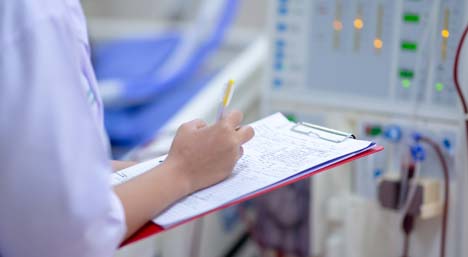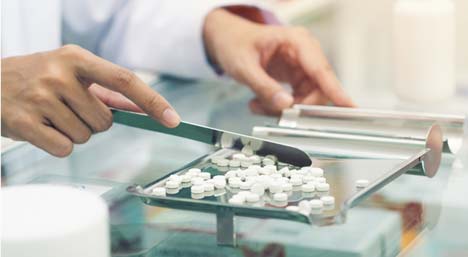Checking Your Blood Sugar
A major part of diabetes management is routinely checking blood sugar levels.
Most people, when they are first diagnosed with diabetes, become almost religious about tracking their levels. But as time goes on many get weary of seemingly endless finger pricks and making notations in a log.
But outside of insulin, testing blood sugar levels is the greatest tool people with diabetes have to manage their condition.
A critical measure reliable blood sugar checks are one of the most critical windows into your diabetes. Without knowing your blood sugar level, you are navigating in the dark without a map. You are blindly sailing ahead and putting your life and health at risk. What's more, all of this is true even if you check a time or two a day.
But did you know, that that's actually not entirely enough! At a minimum, you should be checking your blood sugar four times a day. For even tighter control, it's probably wise to check 8 to 10 times a day.
Think of it this way: you should check when you wake up and before you go to sleep. That's two checks. You should also check before major meals. That adds a lunchtime and dinner check. That's how you get the four basic fingersticks that should serve as the foundation of your control regimen. That number nearly doubles, though, if you check post-meal blood sugar levels. And these are critical because they show how well you calibrated your insulin dosages. Seeing what kind of spike your blood sugars go through after eating is hugely important data. So that brings you to 7 checks a day. If you add checks for times when you feel as though your blood sugar may be dropping or rising, that gives you an error margin of at least two or three more checks per day.
Does this seem excessive? Well, maybe so. But if you are dedicated to the tightest control possible this is probably the regime you should be following. Don't get me wrong: these checks aren't being done for vanity's sake. They are not being done to make you feel better about yourself. They are being done to provide critical information for treatment decisions.
I can feel the weight of my pocket book. 10 strips a day is basically a drain and not feasible for most people to afford. The key is to be as educated as possible on all of your options. Most pharmacies sell the needed supplies over the counter which means complete out of pocket costs.
But some of these costs can be covered by some insurances!
- Find a pharmacy in your area that accepts your insurance, ask what brand and quantity they supply, and have your physician/endocrinologist write you a prescription for that particular brand. It's very simple way to divert out of pocket costs to your insurance companies (make them work for those high premiums).
- Ask for generics. FDA regulates production and manufacturing of generics so they are just as accurate and effective as name brands, now you don't have to pay for the marketing that goes behind making brand names household names.
- Last but not least, ALWAYS look into subscription plans. A monthly commitment for diabetes supplies that come with.



